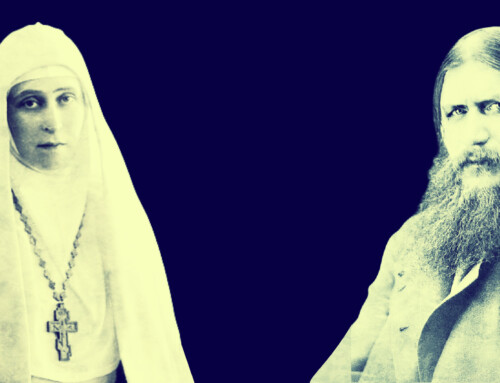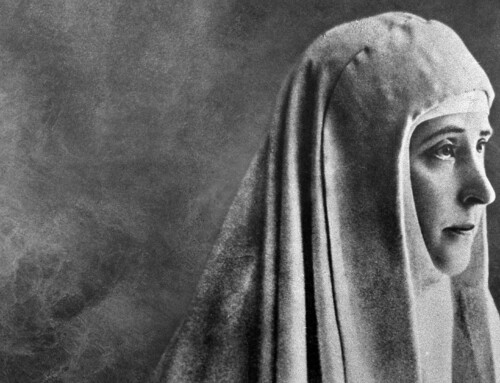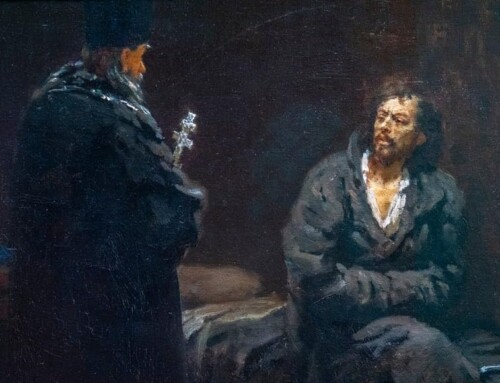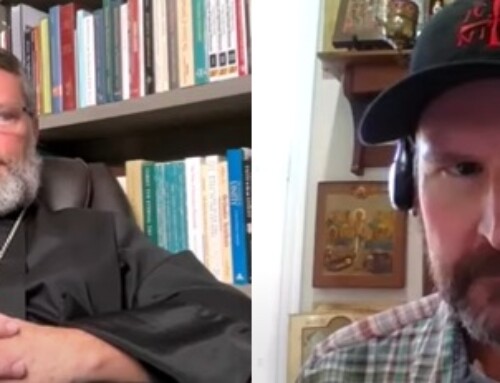Upon entering the gay lifestyle, I was immediately struck by the often large age discrepancy between many male couples. In fact, my first boyfriend was nearly 20 years older than I. But this was something I had been partially groomed for – mainly through my constant addiction to pornography. For, “Daddy” porn is a mainstay within the lexicons of gay pornographic scenarios: usually with the older dominant male introducing the younger less-experienced submissive partner into the world of all-male sex; oftentimes, as well, these situations take on an incestuous plot-line with uncles or older brothers, and in some cases fathers, seducing their younger relatives and their sons. Legendary gay porn director Joe Gage recently said that the demands of gay porn fans often drove his scripts; and they eventually included father-son sex: “But then people called me and told me these deep unspoken fantasies and they wanted me to take it to the next level.” Only, the popularity of these films in the gay market speaks to a wider phenomenon of “father hunger.” According to one review of current literature describing the father son relationship and its effect on homosexuality:
“Multiple studies (Floyd & Morman, 1998; Floyd & Morman, 2000; Floyd, Sargent, & Di Corcia, 2004), have been conducted to assess affection in human relationships, including the father-son relationship. Using the Affectionate Communication Index, psychologists have been able to measure affection within relationships. Males who are homosexuals tend to be neglected emotionally by their fathers and receive less affection than their heterosexual counterparts.”*
Therefore, the gay marriage push within the homosexuality community is a retreat and a return to the father: as HIV infections continue to skyrocket among gay men, especially among younger men, (from 2008 to 2010, new HIV infections increased 22% among young [aged 13-24] gay and bisexual men and 12% among gay and bisexual men overall) this uncertainty and fear has created an atmosphere of innate desperation and an instinctual desire to feel protected. Already wounded by the lack of masculine love in their childhood, homosexuals turn to father-figures in the gay community: an older lover. Then, marriage becomes the ultimate promise of security.
“Several childhood factors are reported to be associated with a homosexual orientation in men, including gender nonconformity and rejection by parents and peers. Gender nonconformity was significantly associated with paternal, maternal, and peer rejection in childhood. In addition, paternal and peer rejection, but not maternal rejection, independently predicted attachment anxiety.”
“Gender Nonconformity, Childhood Rejection, and Adult Attachment: A Study of Gay Men”
Monica A. Landolt, et al.
Archives of Sexual Behavior, April 2004, Volume 33, Issue 2, pp 117–128
Several studies have found that the age discrepancy among gay male couples is the highest of any social group:
“Same-sex relationships tended to have a greater age gap between partners than opposite-sex relationships. For female same-sex couples there was an average age gap between partners of 4.8 years, and for male couples there was an average gap of 6.5 years. In around a quarter (25%) of male same-sex relationships there was an age difference of 10 years or more between the partners, compared with only 8% for opposite-sex couples.”
Australian Social Trends, July 2013
Australian Bureau of Statistics
“In Sweden, half of all new male partnerships involved partners with a couple mean age above 40. By contrast, only 14 percent of heterosexual marriages involved such senior spouses. The relatively high ages also allow for a larger age gap between same-sex partners. Substantial age differences between partners are more common in same-sex partnerships than in opposite-sex marriages. They are more common in partnerships of men than in partnerships of women: Around one third of all male partnerships are formed by partners where the age difference amounts to ten years or more.”
“The Demographics of Same-Sex Marriages in Norway and Sweden”
Gunnar Andersson, et al.
Max Planck Institute for Demographic Research, 2006.
“More than half of all male partners (and 37 percent of all lesbian partners) had an age difference between partners of at least six years, compared to 23 percent of Swedish marriages contracted over the time period. In more than one out of three gay male couples, one partner was at least ten years older than the other (compared to about one out of 7 lesbian couples and one out of 10 of opposite-sex marriages).”
“Same-Sex Unions and Divorce Risk: Data From Sweden”
Maggie Gallagher and Joshua K. Baker
Institute for Marriage and Public Policy, 2004.
“…male same-sex couples are the most likely to be in age discrepant unions. Compared to 42% of male-female couples and 59% of female same-sex couples, 64% of men who reported being in same-sex relationships are in unions where the age gap is 4 or more years. One-quarter (26%) of men in male same-sex couples are in relationships where the age gap between partners is 10 or more years, compared with 18% of women in female same-sex unions and 8% of women and men in male-female unions.”
“May–December: Canadians in age-discrepant relationships”
Monica Boyd and Anna Li
Statistics Canada, 2003.
France’s Insee statistics agency reported:
“the average age difference in same-sex marriages was eight years in male couples and 5.5 years in female couple, against 4.3 years in mixed marriages, Insee reported.”
Bilan démographique 2013
Vanessa Bellamy et Catherine Beaumel, division Enquêtes et études démographiques, Insee
*https://digitalcommons.liberty.edu/cgi/viewcontent.cgi?article=1122&context=honors





Christopher Isherwood and Don Barchardy (30-year difference); Liberace and Scott Thorson (40 years); Rock Hudson and Marc Christian (29 years).